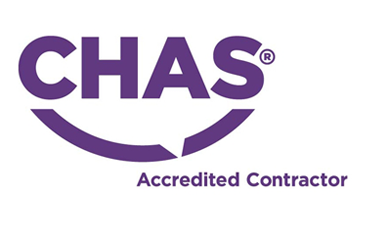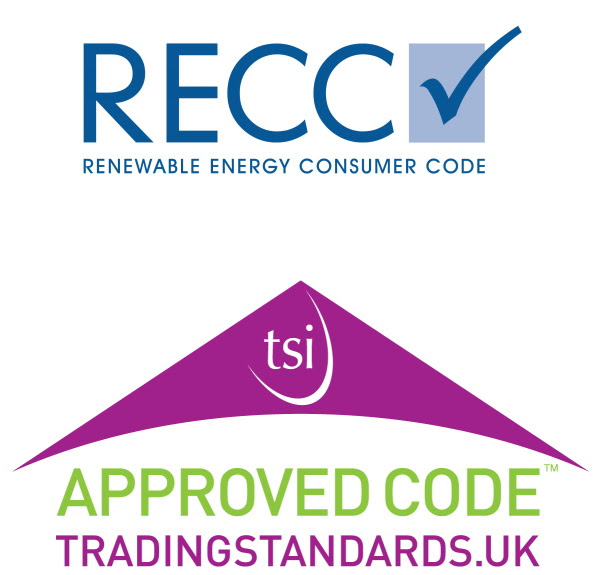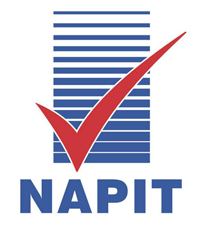Get help with heating controls
Heating controls can keep your home at a comfortable temperature, without overheating and wasting
energy.
By installing and using your heating controls effectively, you can save money on household bills
and also lower your carbon emissions. You can upgrade or install heating controls without
replacing your boiler.
Homeowners who qualify through low-income for the Great British Insulation Scheme might be
entitled to have heating controls included in their insulation support.







